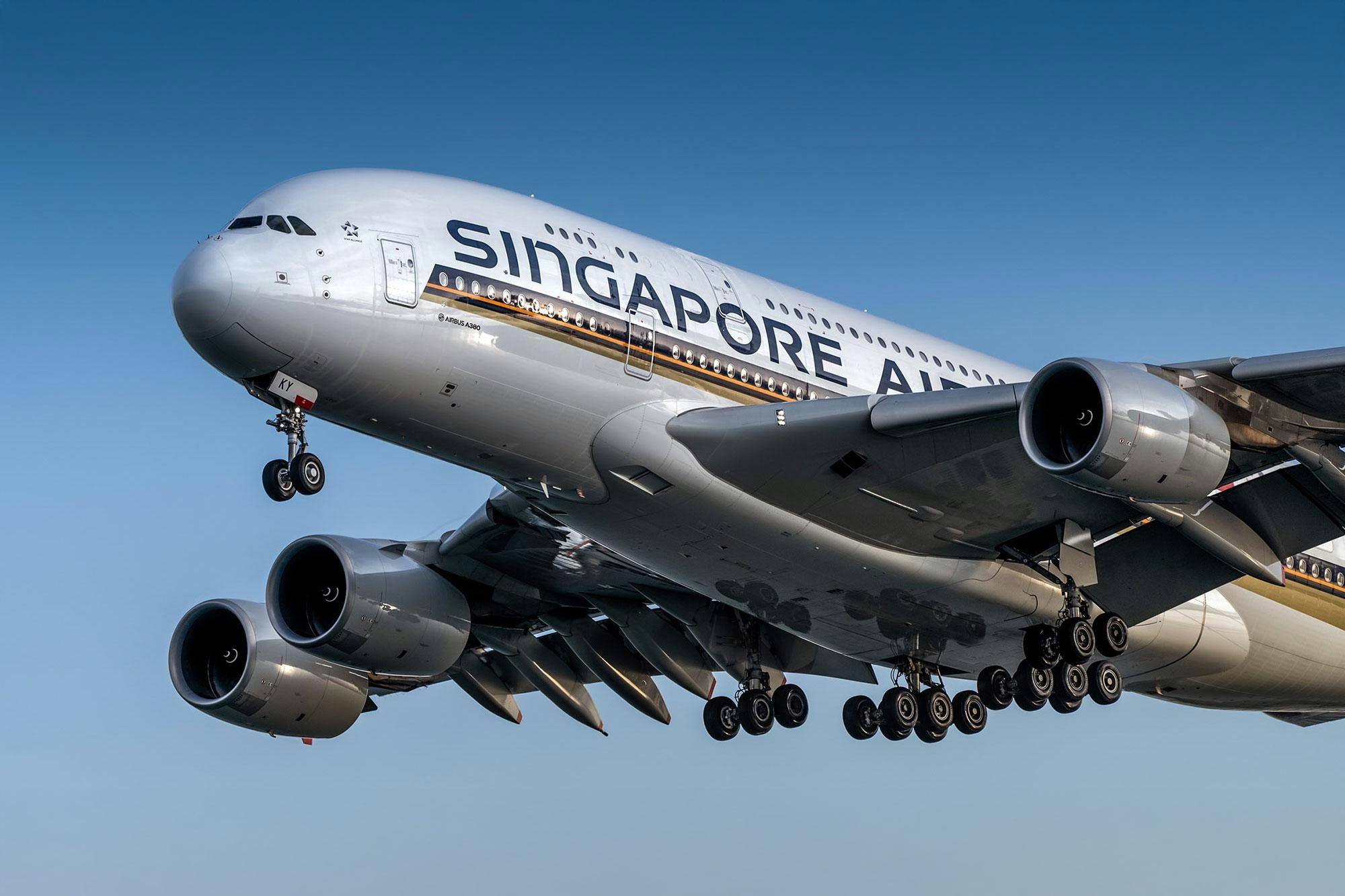
AeroGenie — Uw intelligente copiloot.
Trending
Categories
The Role of AI in Transforming Aviation Maintenance and Repair
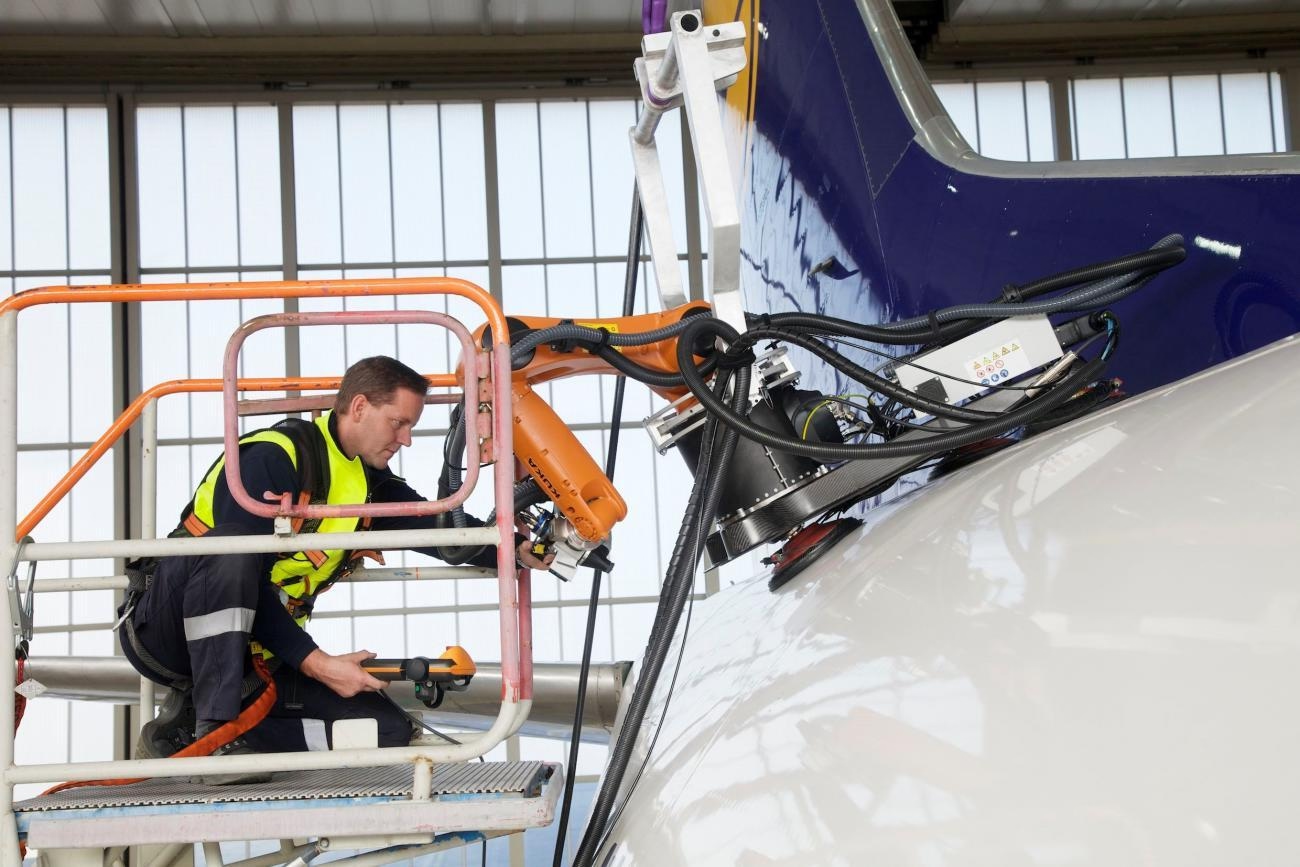
The Role of AI in Transforming Aviation Maintenance and Repair
At prominent aviation events such as NBAA, MRO Americas, and EBACE, a consistent theme has emerged: the maintenance, repair, and overhaul (MRO) sector is inundated with data, yet actionable clarity remains difficult to achieve. Operators and technicians, under constant pressure to maintain tight turnaround times and keep crews focused, often rely on outdated methods such as whiteboards, sticky notes, and juggling multiple disconnected systems to track urgent tasks and verify faults. Persistent challenges—including quoting delays, recurring faults, and unexpected findings—frequently arise because even experienced teams spend excessive time searching for information buried in historical records.
Amid these ongoing difficulties, artificial intelligence is quietly transforming the aviation MRO landscape. Rather than disrupting established workflows, AI is enhancing them by providing greater clarity, accelerating decision-making, and alleviating the workload on maintenance crews.
Turning Data into Decisions
The aviation MRO sector generates an immense volume of information, ranging from sensor feeds and digital logbooks to original equipment manufacturer (OEM) manuals and decades of maintenance records. The primary challenge lies not in data collection but in converting overlapping and complex data points into actionable insights. AI is beginning to bridge this divide. Predictive models analyze aircraft types, configurations, and operational cycles to identify potential issues before they escalate into serious problems. Generative AI tools synthesize technical manuals, fault histories, and prior work orders to offer technicians concise summaries of similar past issues, detailing what components were replaced, how problems were resolved, and which service bulletins applied. This integration eliminates the need to toggle between disparate systems, thereby reducing delays and streamlining maintenance workflows.
Finding the Fix, Faster
One of the most immediate benefits of AI in aviation maintenance is its impact on fault diagnosis. Intermittent or complex issues often consume valuable time and increase costs. AI leverages historical maintenance data to suggest the most probable causes, providing technicians with a focused starting point without supplanting their expertise. Instead of manually sifting through logs or switching between platforms, technicians can access fault histories, common resolutions, and relevant service bulletins within a single interface. This enhanced efficiency not only saves time but also helps prevent repeat issues that can undermine operational performance and erode trust.
Planning Without the Guesswork
Maintenance planning has traditionally involved forecasting which tasks might expand, which parts will be required, and how much labor to allocate. Inaccurate predictions can cause delays and disrupt schedules across the operation. AI is helping to reduce this uncertainty by enabling data-driven predictive maintenance strategies. By harnessing comprehensive data, maintenance shifts from a reactive cost center to a strategic advantage, allowing operators to anticipate needs, optimize resource allocation, and improve overall operational efficiency.
Navigating Challenges and Industry Response
Despite these promising advances, integrating AI into aviation MRO presents significant challenges. Regulatory requirements, workforce adaptation, and the complexity of merging new technologies with legacy systems remain substantial obstacles. Some traditional maintenance providers remain skeptical of AI, while competitors are accelerating their own AI initiatives or forming strategic partnerships to maintain a competitive edge. The industry’s increasing reliance on data-driven strategies highlights the critical importance of comprehensive data utilization—not only to enhance efficiency but also to sustain competitiveness in a rapidly evolving market.
As AI technology continues to mature, its role in aviation maintenance and repair is poised to expand, offering the potential for greater clarity, efficiency, and strategic value—provided the sector can successfully navigate the complexities of adoption and integration.
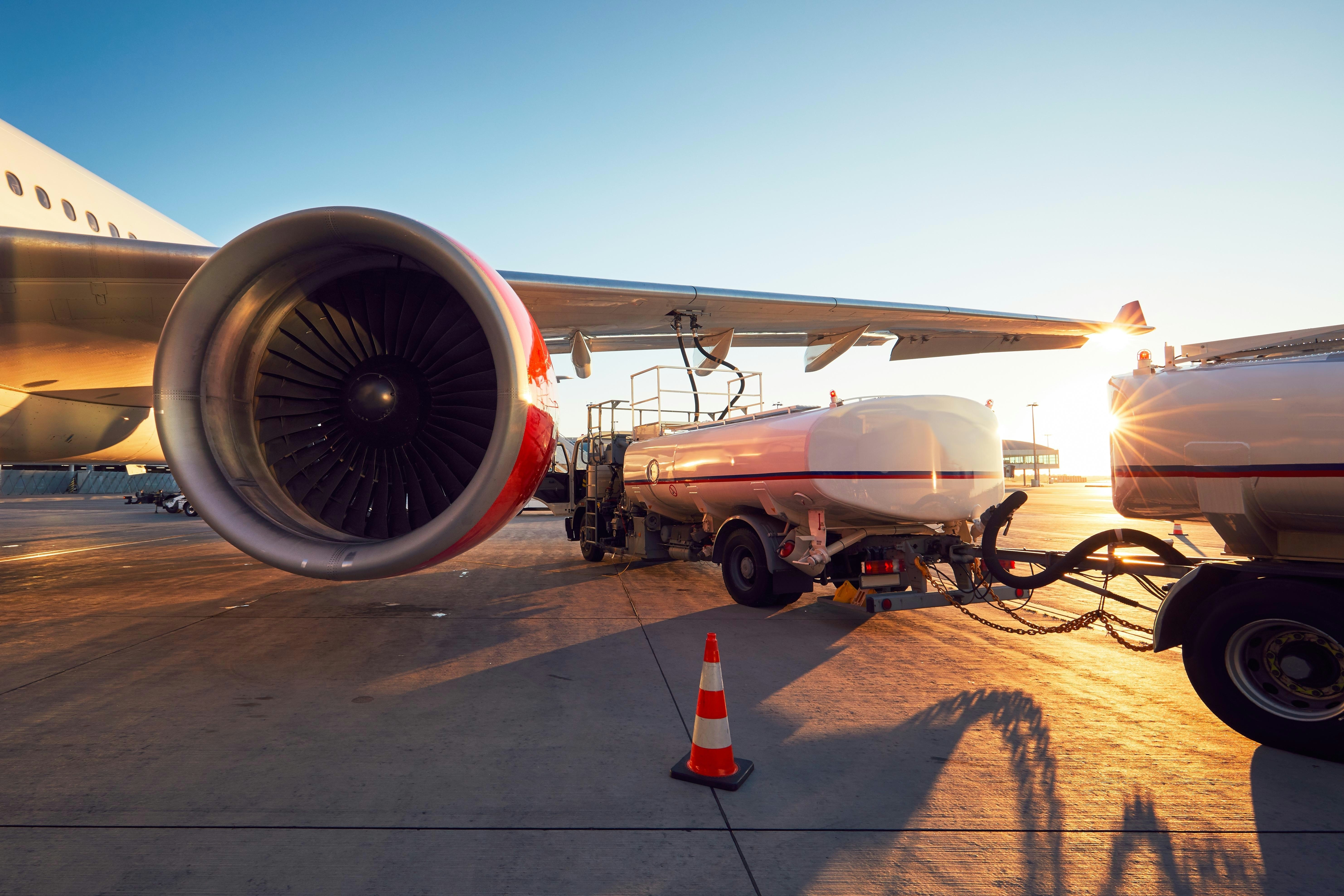
Biman Faces Worsening Fleet Shortage Amid Leasing Challenges
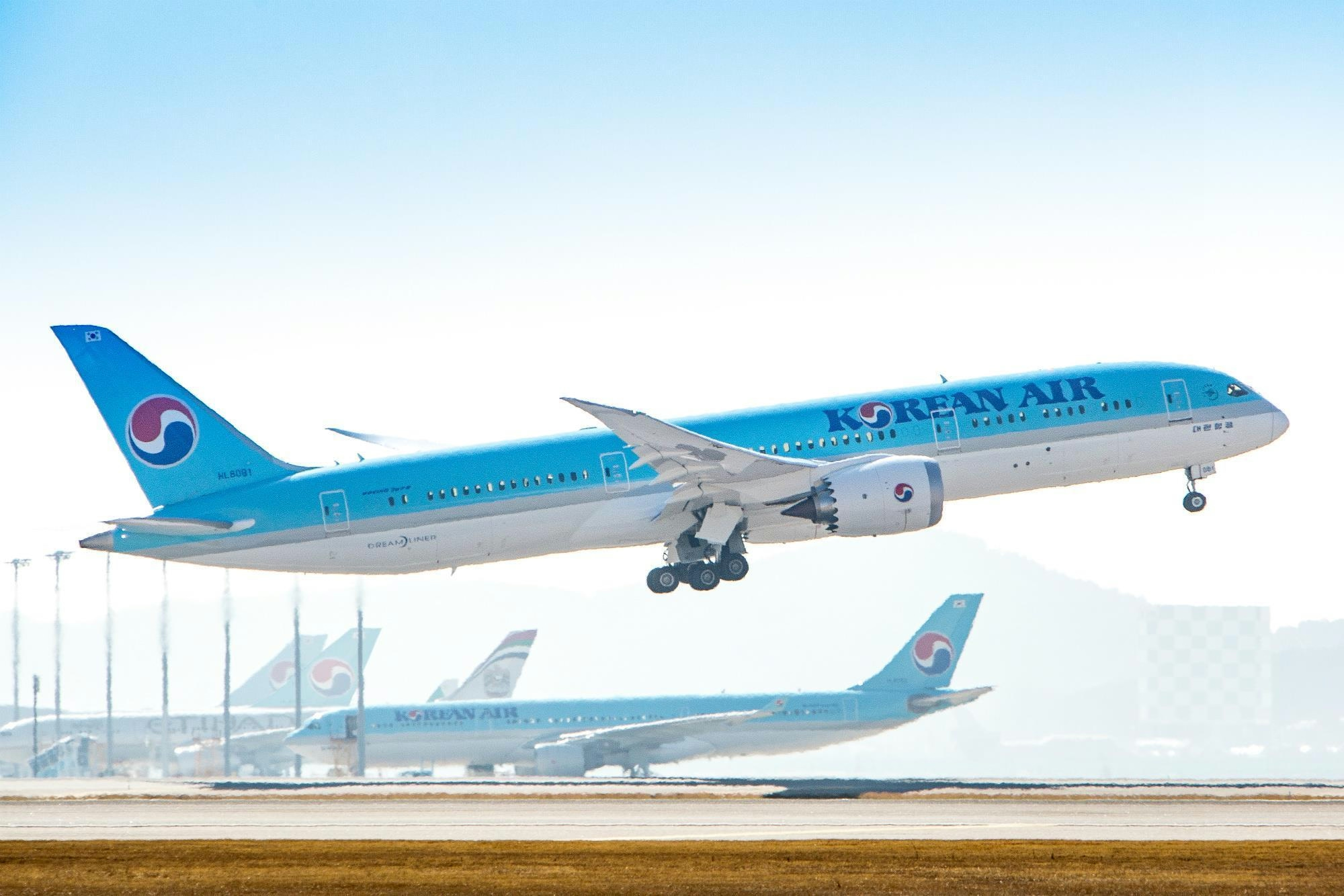
South Korea’s Eastar Jet Plans to Acquire Boeing 787s by 2027
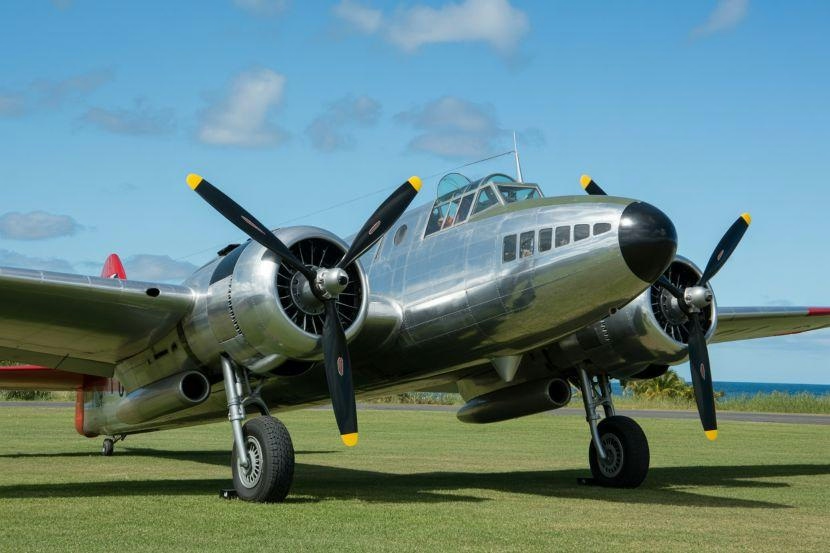
Clay Lacy Honored for Lifetime Achievement at Pearl Harbor Aviation Museum
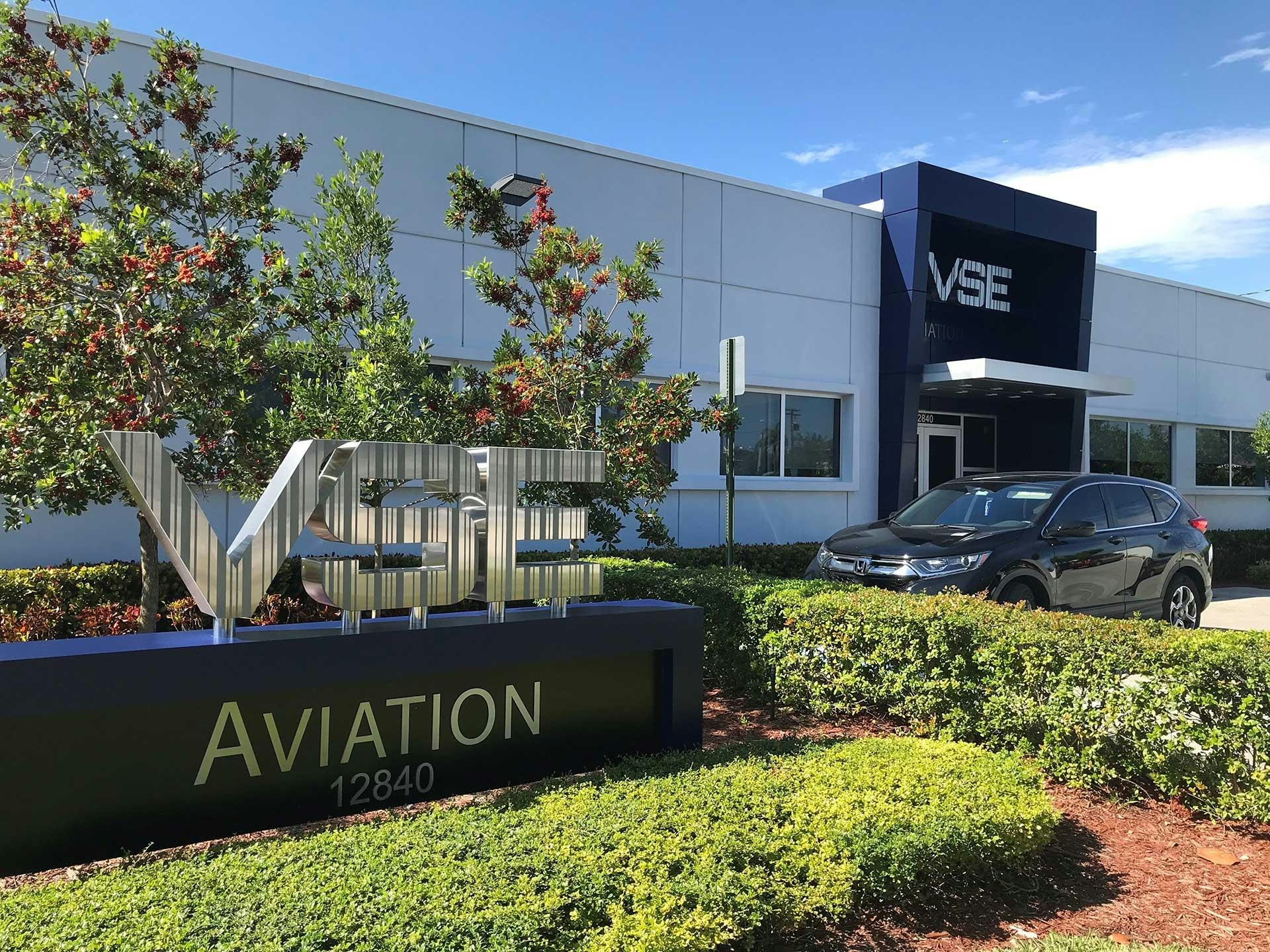
VSE Acquires Aero to Expand Aviation Services
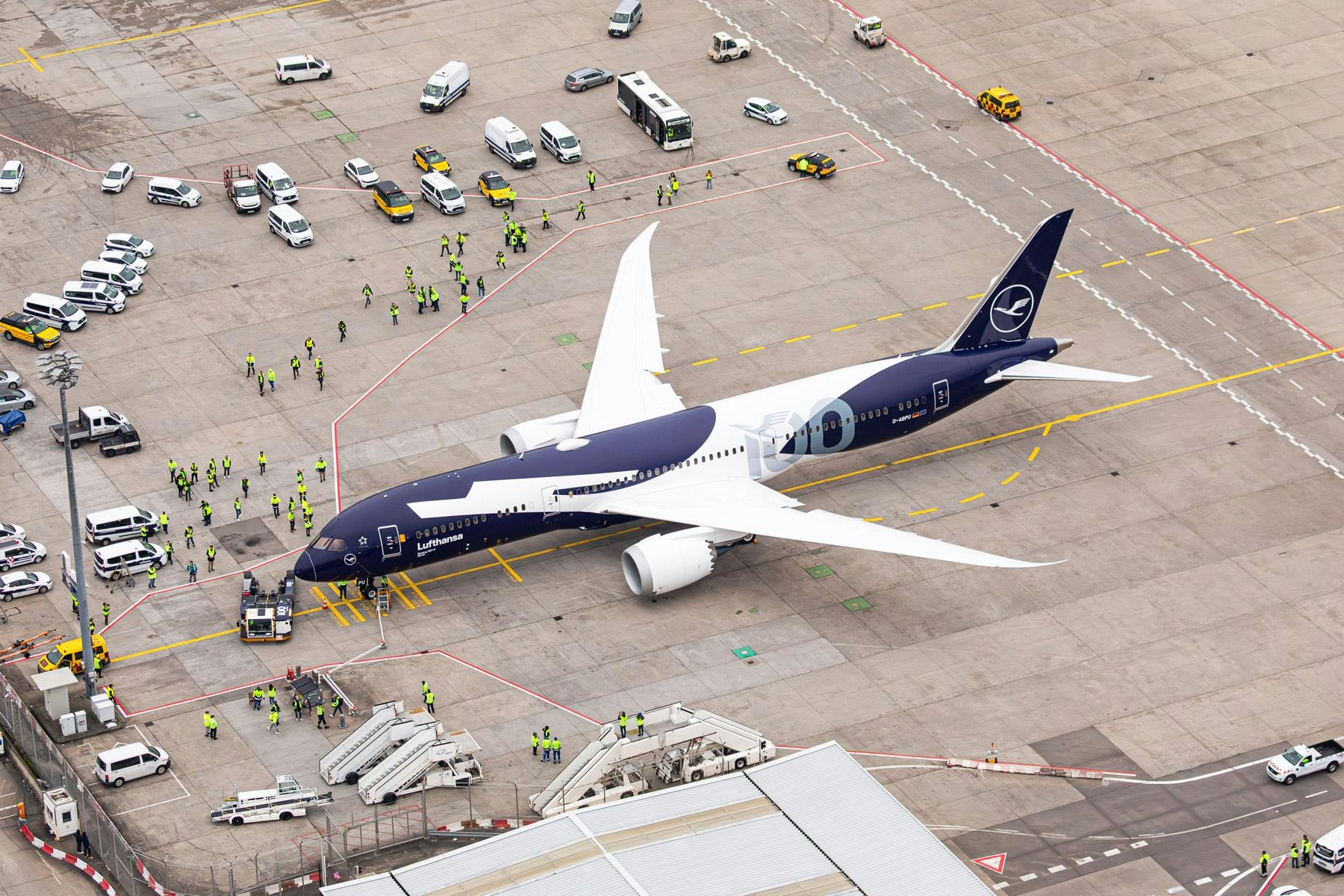
Lufthansa Receives First Boeing 787 on Anniversary
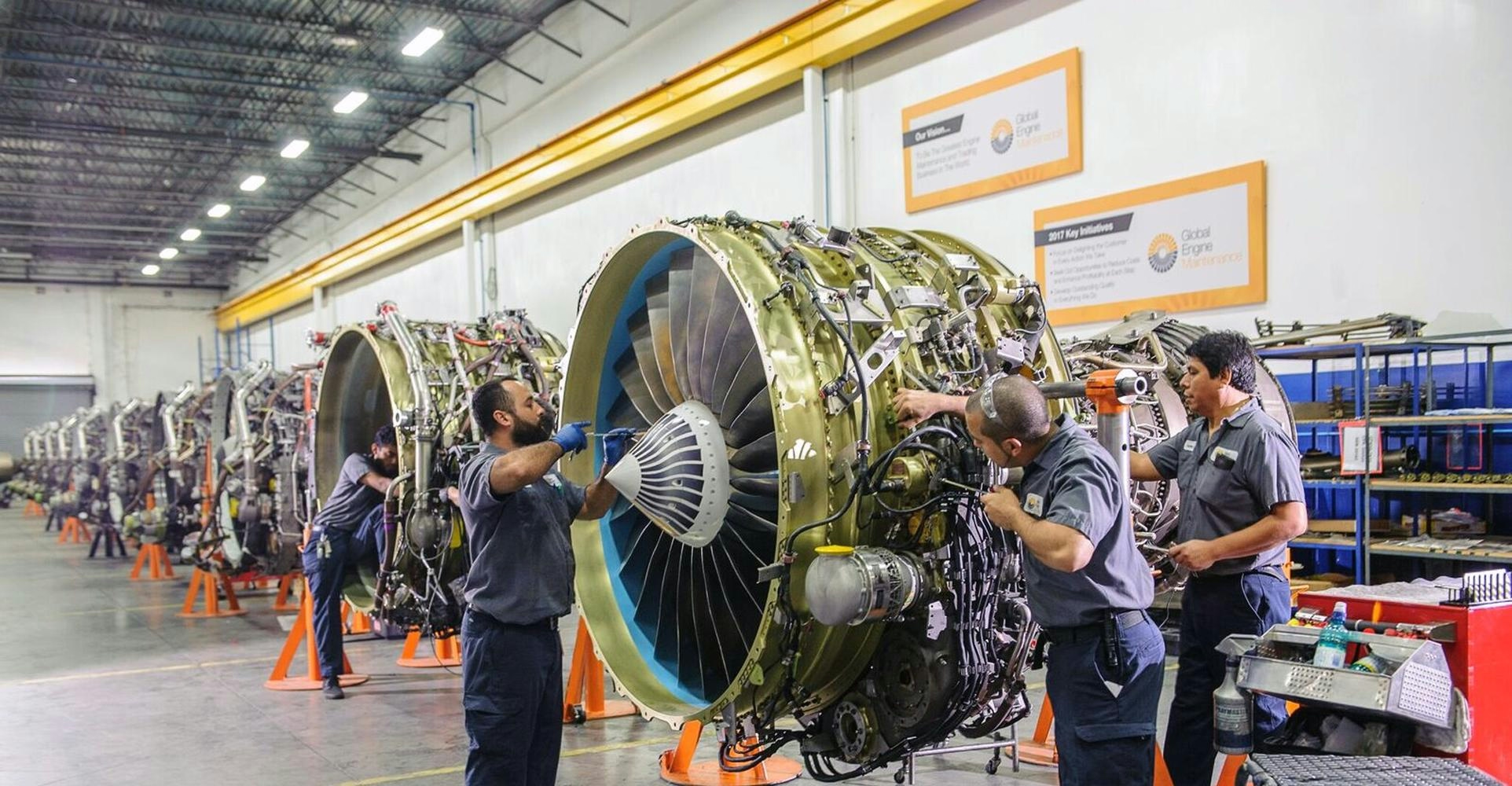
Willis Lease Finance Secures $600 Million Aviation Partnership
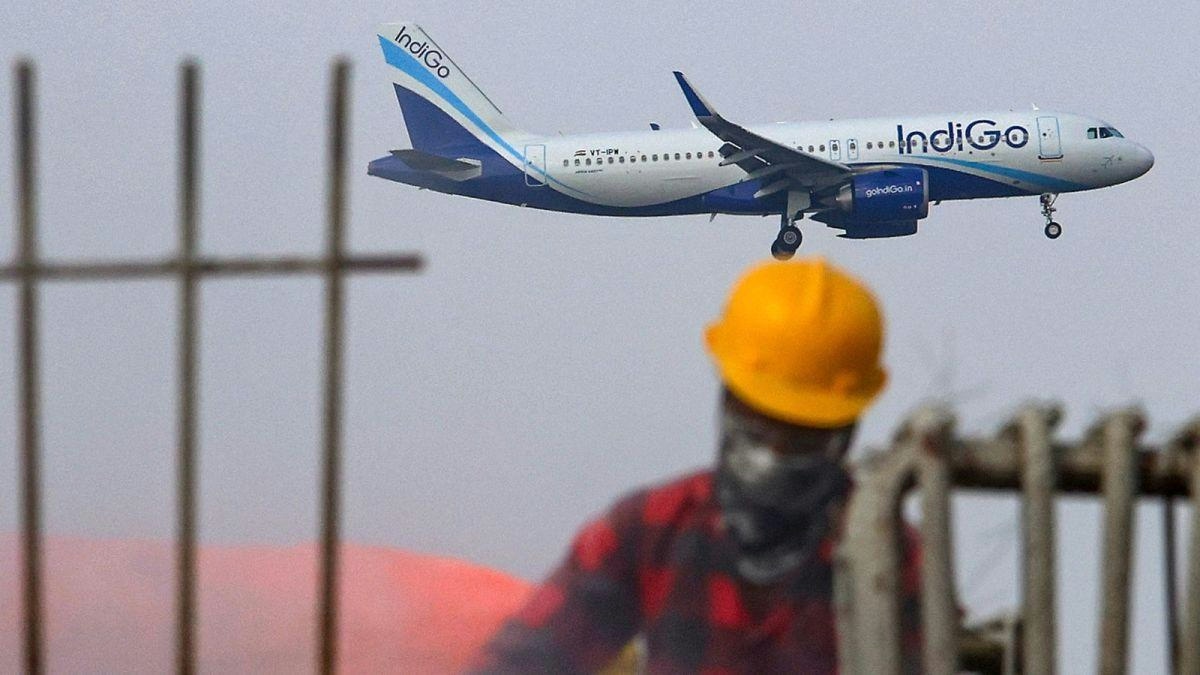
IndiGo to wet-lease 7 aircraft from Qatar Airways and Freebird to boost domestic capacity
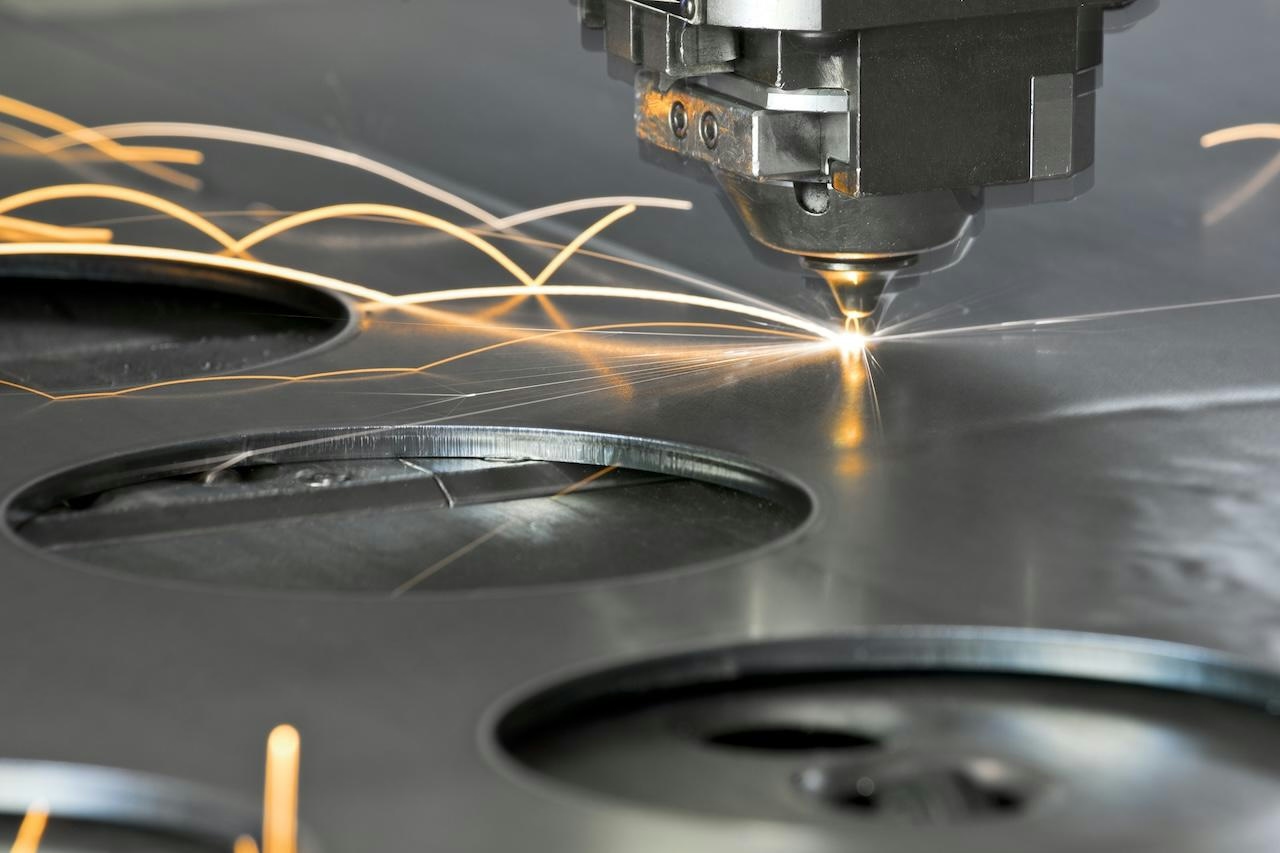
Howmet’s $1.8B CAM Deal Targets the Aerospace Supply Chain’s Pressure Points

AI-Driven Airline Pricing Adds to Holiday Travel Stress
